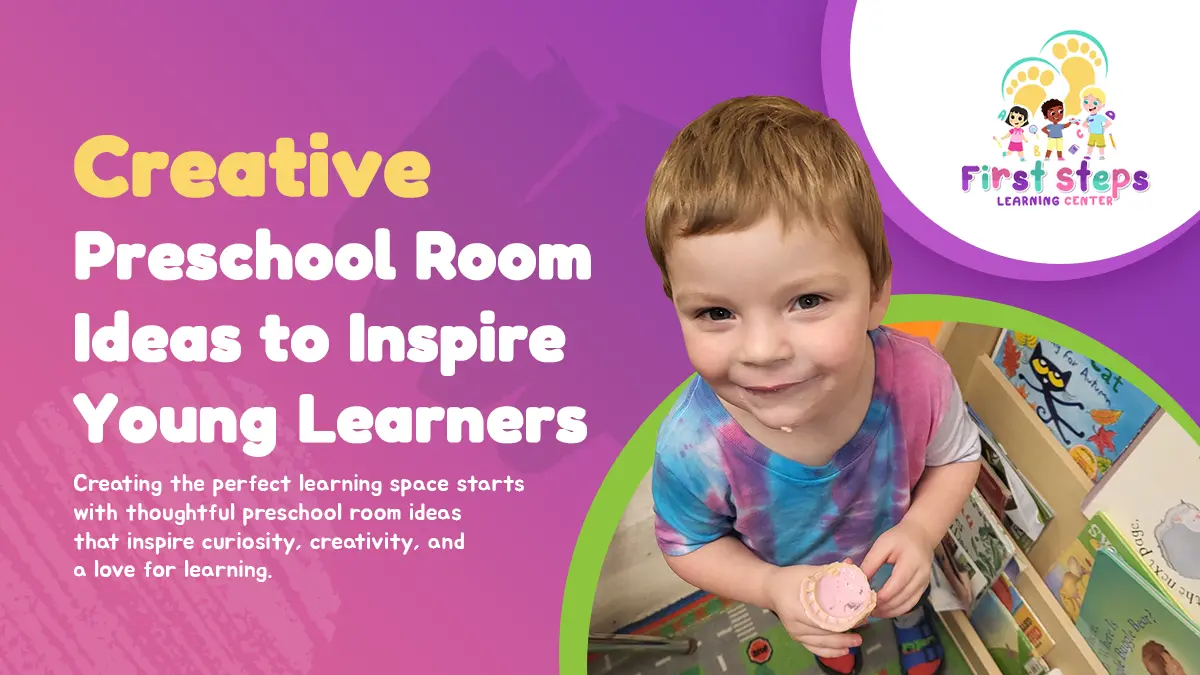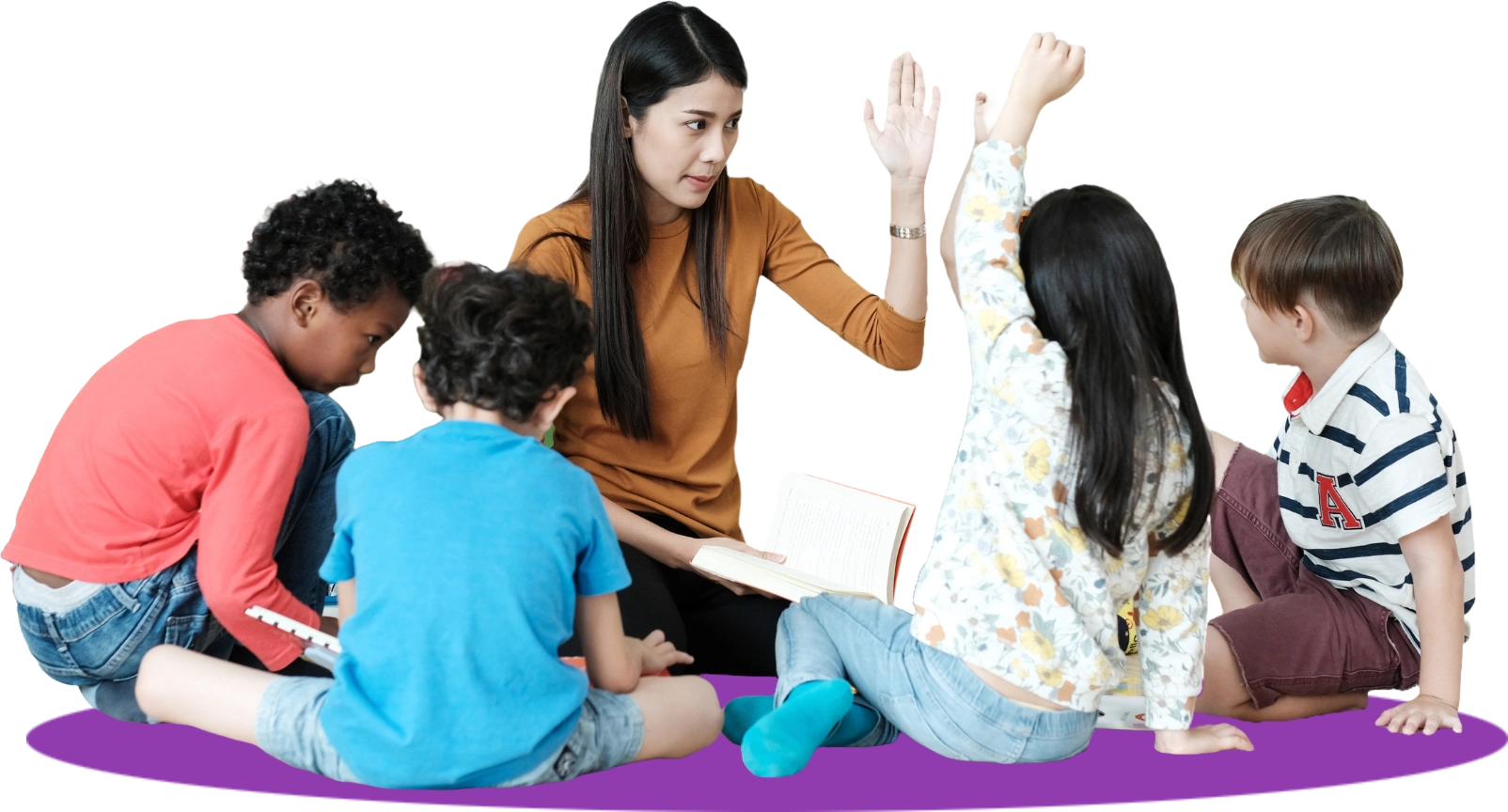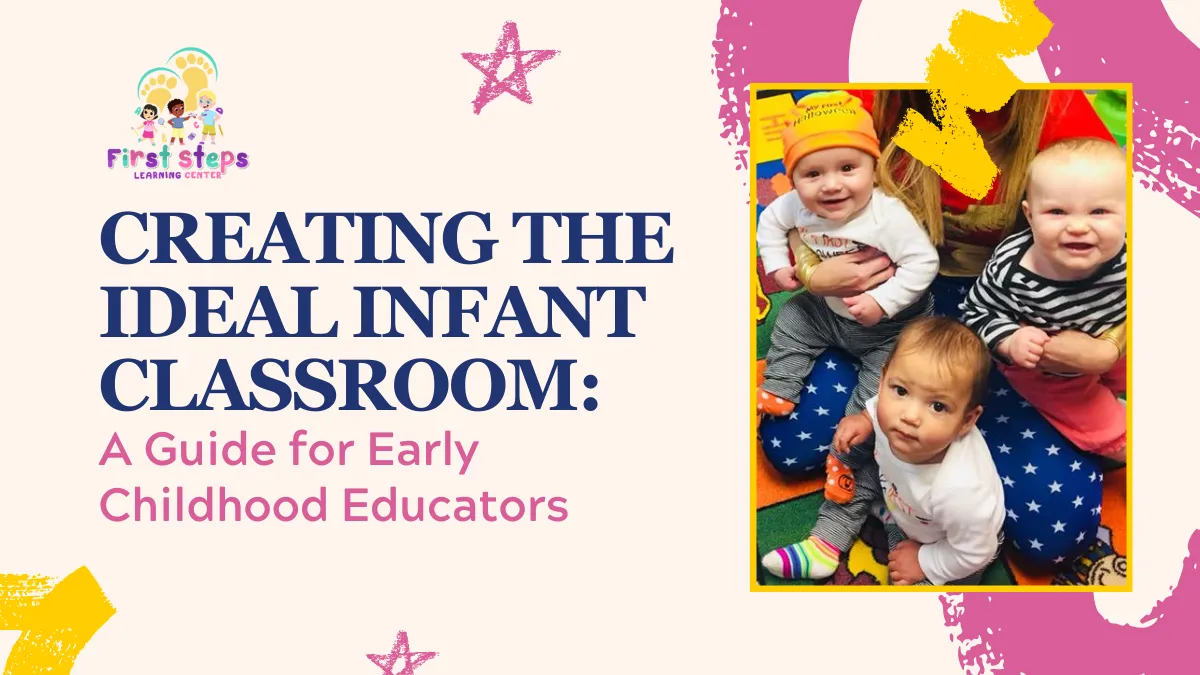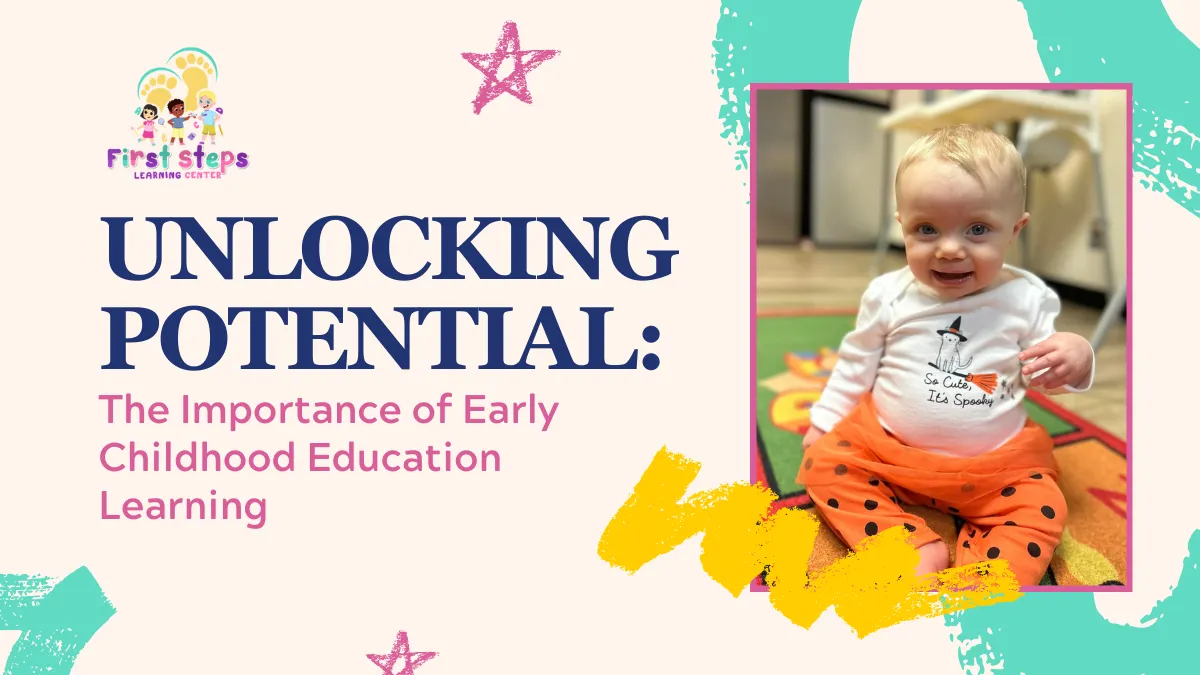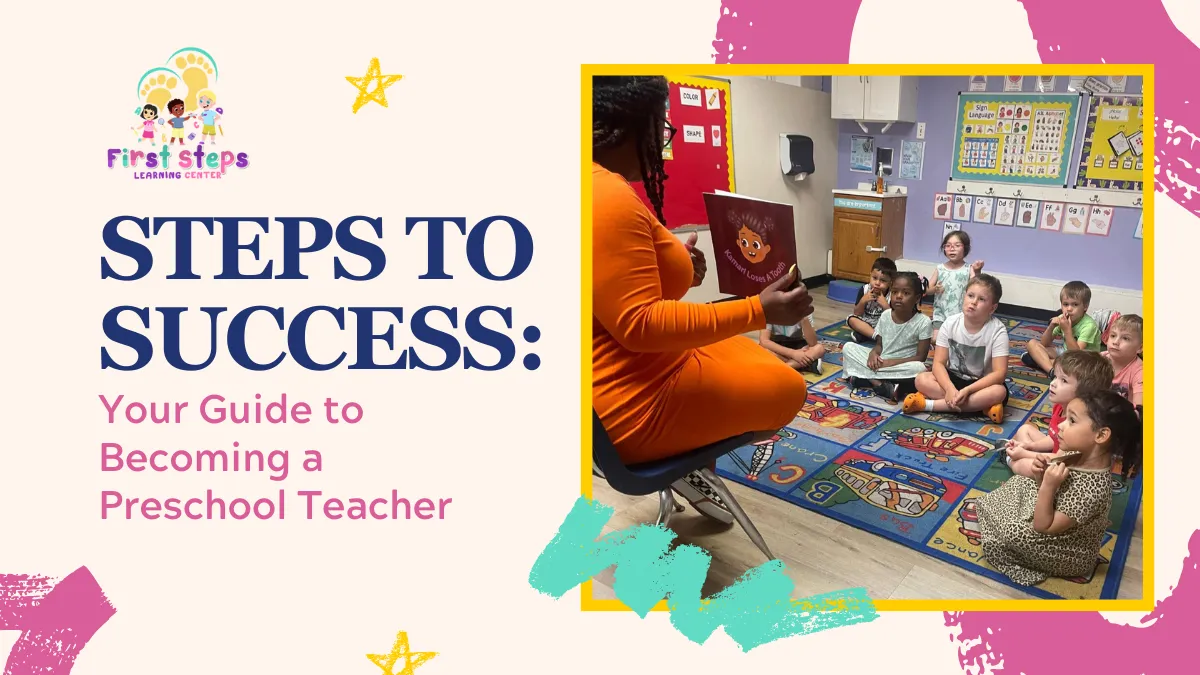Creating the perfect learning space starts with thoughtful preschool room ideas that inspire curiosity, creativity, and a love for learning. A well-designed preschool classroom encourages young learners to explore, interact, and gain essential skills in a fun and engaging way. From colorful reading nooks to hands-on activity stations, every element should foster imagination while providing a safe and structured environment.
Thoughtful design choices like cozy seating, sensory-rich materials, and open-ended play areas help children build independence and social skills. At First Steps Learning Center, a well-organized and engaging classroom transforms everyday learning into an exciting adventure. Educators can create a space where children feel supported, motivated, and ready to grow by incorporating purposeful layouts, inviting themes, and interactive elements.
Designing a Stimulating Learning Environment Preschool 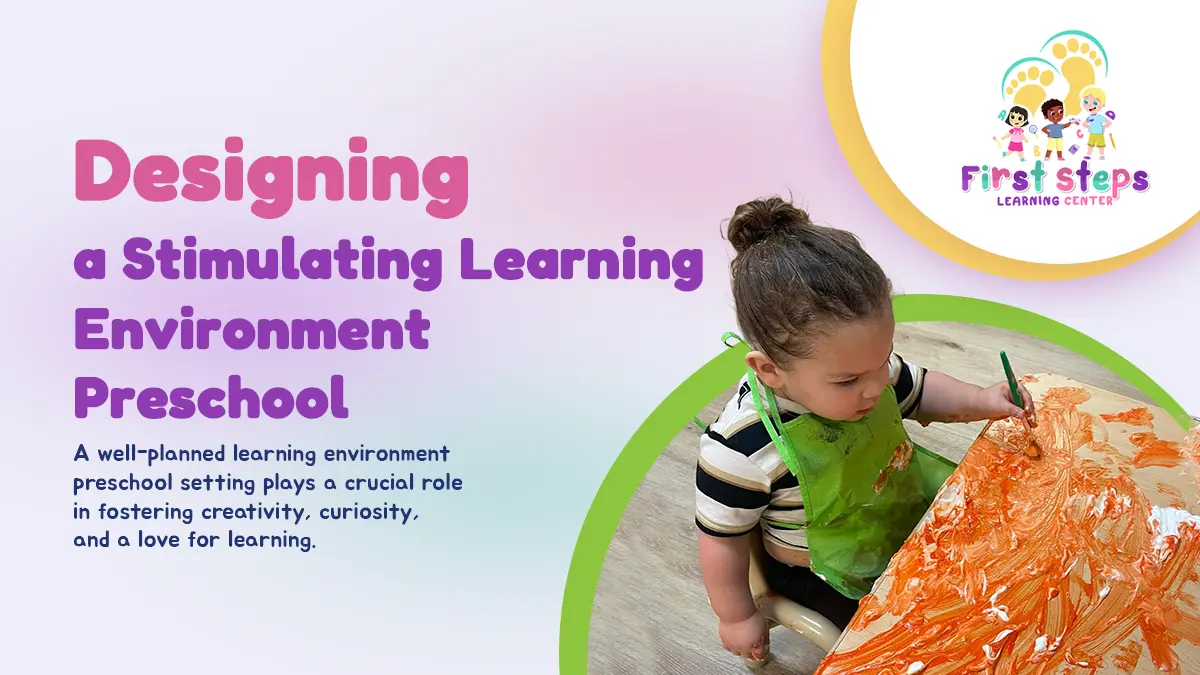
A well-planned learning environment preschool setting plays a crucial role in fostering creativity, curiosity, and a love for learning. The right design encourages children to explore, collaborate, and develop skills in an engaging and structured way. Educators can create an inviting atmosphere where young learners feel motivated and excited to participate by incorporating flexible spaces, age-appropriate materials, and visually stimulating decor.
Flexible Learning Spaces for Exploration
A dynamic preschool classroom includes different zones tailored to support various types of learning. Having well-defined areas allows children to transition smoothly between activities while maintaining structure and organization.
- Reading Nook: A cozy area with plush seating, bookshelves, and soft lighting creates an inviting space for storytime.
- Hands-On Learning Stations: Tables dedicated to arts and crafts, sensory play, and science experiments promote creativity and problem-solving.
- Imaginative Play Corner: A play kitchen, puppet theater, or dress-up area encourages role-playing and social development.
- Quiet Zones: Comfortable cushions or teepees offer children a place to unwind and self-regulate when needed.
Organizing the classroom into purposeful zones allows children to engage in diverse learning experiences catering to different interests and developmental needs.
Age-Appropriate Materials for Skill Development
Providing children with the right materials helps develop cognitive, motor, and social skills in an engaging way. Thoughtfully selected toys and tools ensure learning opportunities are both stimulating and accessible.
- Puzzles and Sorting Games: Enhances problem-solving skills and fine motor coordination.
- Building Blocks and Manipulatives: Supports spatial awareness, creativity, and teamwork.
- Art Supplies and Craft Materials: Encourages self-expression and imaginative thinking.
- Themed Learning Kits: Science experiments, counting beads, or letter tracing sets introduce early academic concepts.
By ensuring that classroom materials are engaging, developmentally appropriate, and accessible, educators create a space where children can learn and explore independently.
Colorful and Engaging Decor to Spark Curiosity
The visual appeal of a preschool classroom significantly impacts a child’s enthusiasm for learning. A thoughtfully decorated space helps stimulate curiosity while reinforcing educational concepts.
- Educational Posters and Charts: Alphabet walls, number lines, and emotion charts reinforce foundational learning.
- Themed Wall Murals: Bright and inviting themes like nature, space, and ocean scenes excite the room.
- Interactive Display Boards: Rotating artwork, weather charts, and class projects keep the environment fresh and engaging.
- Student Work Showcase: Displaying children’s artwork and achievements fosters confidence and a sense of ownership.
A visually stimulating classroom enhances the learning experience and makes the environment feel warm, welcoming, and inspiring for young learners.
Creating a Kindergarten Learning Environment That Encourages Exploration

A well-designed kindergarten learning environment nurtures curiosity, creativity, and hands-on discovery. Young learners thrive when they can explore, ask questions, and engage in meaningful activities. A classroom encouraging movement, interaction, and independent learning fosters confidence and a love for discovery. Educators can create a setting where children feel motivated to explore the world around them by incorporating interactive learning stations, movement-friendly layouts, and personalized spaces.
Interactive Learning Stations for Hands-On Discovery
Kindergarten classrooms should have interactive stations encouraging children to experiment, create, and problem-solve. These dedicated areas provide structured opportunities for learning through play.
- Science and Exploration Corner: Magnifying glasses, plants, and simple experiments encourage observation and inquiry.
- Sensory Table: Water, sand, or textured materials provide tactile experiences that enhance cognitive and motor development.
- Building and Engineering Zone: Blocks, gears, and construction sets help develop spatial awareness and teamwork.
- Creative Arts Station: Paints, markers, and craft supplies allow children to express their imagination.
By offering diverse learning stations, children can engage in different types of play-based learning that strengthen problem-solving and motor skills.
Movement-Friendly Layouts for Active Learning
Young children learn best when they have space to move and explore. A well-planned classroom should encourage physical activity while maintaining structure and organization.
- Open Spaces for Group Activities: A large rug or cleared area allows for circle time, music, and movement-based learning.
- Flexible Seating Options: Cushions, wobble stools, or standing desks provide comfort and adaptability for different learning styles.
- Outdoor Learning Integration: A classroom that extends to nature, with garden spaces or outdoor exploration, enriches the learning experience.
- Designated Transition Zones: Marked paths help children move from one activity to another without disrupting the learning flow.
A movement-friendly classroom supports kinesthetic learners and ensures that children remain engaged while reinforcing key concepts through physical activity.
Incorporating Nature and Sensory Elements for Holistic Learning
Bringing elements of nature and sensory experiences into a kindergarten learning environment enhances children’s connection to the world while stimulating their cognitive and emotional development. Natural materials, outdoor exploration, and sensory-rich activities provide a well-rounded approach to learning that engages all the senses.
- Nature-Inspired Classroom Decor: Wooden furniture, potted plants, and nature-themed murals create a calming atmosphere.
- Outdoor Exploration Spaces: Gardens, playgrounds, and nature walks offer hands-on learning about the environment.
- Natural and Tactile Learning Materials: Rocks, shells, leaves, and wooden blocks encourage sensory exploration.
- Water and Light Tables: Activities involving water, sand, and light enhance sensory engagement and fine motor skills.
Integrating nature and sensory elements into the classroom promotes mindfulness, encourages creativity, and helps children develop a deeper appreciation for their surroundings. These elements also provide a soothing, engaging environment that supports different learning styles.
Personalized Learning Areas for Focused Exploration
In addition to group spaces, children benefit from having individual areas where they can work independently. Personal learning spaces encourage independence and self-guided discovery.
- Quiet Reading Nook: A comfortable corner with books, soft cushions, and good lighting encourages early literacy skills.
- Independent Workstations: Small desks or floor tables allow children to complete tasks independently.
- Choice-Based Learning Centers: Rotating activities let children select topics of interest, promoting autonomy.
- Visual Learning Aids: Personal word walls, name tags, and individual progress charts help children track their achievements.
By incorporating personal learning areas, children feel empowered to explore their interests while developing a sense of responsibility for their learning journey.
Steps to Learning in a Nursery Setting: Building a Foundation for Growth
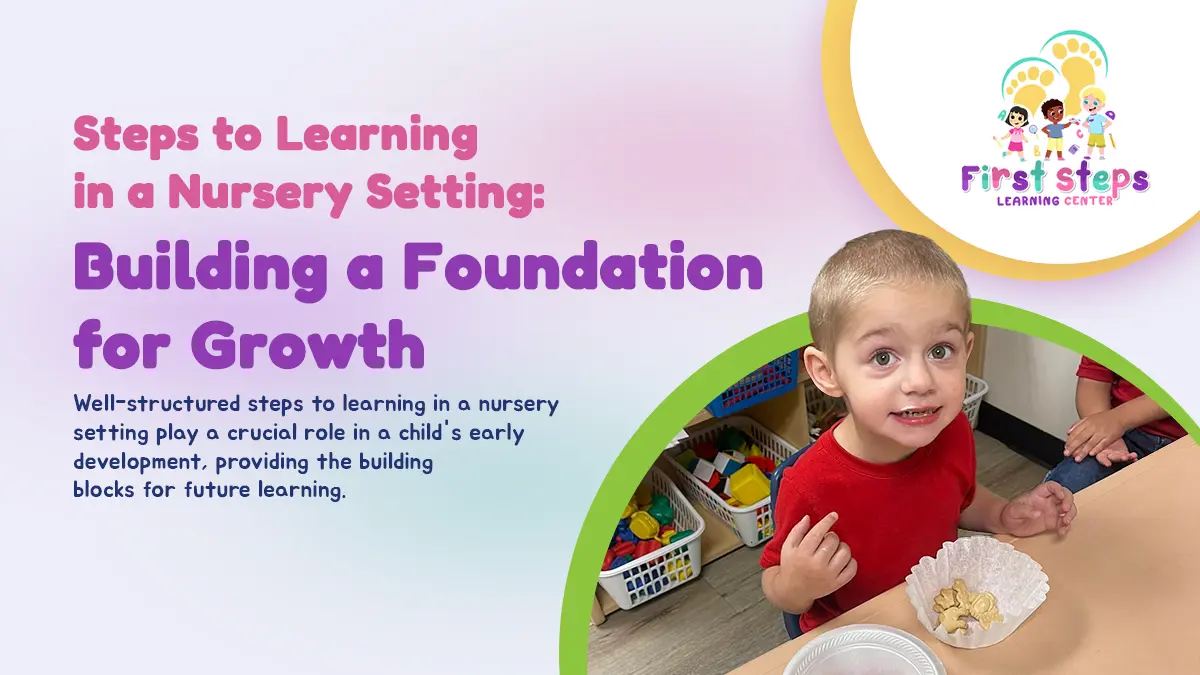
Well-structured steps to learning in a nursery setting play a crucial role in a child’s early development, providing the building blocks for future learning. Infants and toddlers thrive in a setting that nurtures curiosity, promotes exploration, and encourages emotional security. By incorporating safe and cozy spaces, structured routines, and hands-on learning tools, nurseries create a foundation for social, cognitive, and physical growth. Thoughtful planning and intentional interactions help children feel secure while encouraging their natural sense of wonder.
Safe and Cozy Spaces for Comfort and Security
A child’s earliest learning experiences depend on feeling safe and nurtured. A well-designed nursery provides an environment where little ones can explore freely while feeling comforted and supported.
- Soft, Cushioned Flooring: Padded mats and rugs create a safe space for crawling and early movement.
- Comfortable Seating Areas: Cozy nooks with soft pillows and rocking chairs provide spaces for bonding and quiet time.
- Low, Accessible Shelving: Age-appropriate storage allows toddlers to reach toys and materials independently.
- Calm and Inviting Atmosphere: Soft lighting, gentle colors, and soothing music create a relaxing space for young learners.
By ensuring that nursery spaces are safe and inviting, caregivers help children develop confidence and a sense of security, which is essential for learning.
Simple Routines for Structure and Consistency
Predictable routines provide stability and help young children understand time, sequence, and expectations. Consistent schedules also support emotional regulation and learning readiness.
- Morning Welcome Rituals: Singing a greeting song or engaging in a simple activity helps children transition into the day.
- Scheduled Snack and Meal Times: Eating simultaneously each day fosters healthy habits and provides a comforting routine.
- Nap and Rest Periods: Regular rest breaks ensure children remain energized and emotionally balanced.
- Transition Cues and Visual Schedules: Simple picture charts and songs signal changes between activities, reducing anxiety and confusion.
Structured routines create a reassuring environment, helping young children feel secure while developing independence and self-regulation skills.
Hands-On Learning Tools for Developmental Growth
Engaging, age-appropriate materials encourage young children to explore, experiment, and develop essential skills. Sensory-rich experiences support cognitive, motor, and language development naturally and enjoyably.
- Textured Toys and Sensory Bins: Objects with different textures, such as fabric swatches and sand-filled trays, enhance sensory awareness.
- Interactive Books and Storytime Props: Pop-up books, finger puppets, and storytelling aids engage early literacy experiences.
- Musical Instruments and Sound Play: Simple percussion instruments, bells, and rhythm sticks introduce early auditory recognition and coordination.
- Stacking and Sorting Activities: Nesting cups, shape sorters, and block play help develop problem-solving and fine motor skills.
By incorporating diverse learning tools, nurseries provide stimulating experiences that support all aspects of a child’s development. A well-planned step to learning in a nursery environment blends comfort, structure, and interactive learning, ensuring children build confidence and essential skills at their own pace.
Conclusion
Creating an inspiring preschool and nursery environment is more than just arranging a classroom—it’s about shaping a space where young learners feel excited to explore, create, and grow. From designing a learning environment preschool that fosters creativity to building a kindergarten learning environment that encourages hands-on discovery, every detail contributes to a child’s early development. Educators and caregivers create a nurturing foundation that supports emotional security, cognitive growth, and independence by implementing thoughtful steps to learning nursery. When children feel safe, engaged, and inspired, their love for learning flourishes, setting the stage for future success.
At First Steps Learning Center, we are passionate about creating vibrant, enriching spaces where children thrive. Ready to give your little one the best learning experience? Call us today at 346-377-6658 or visit our contact page to learn more!

